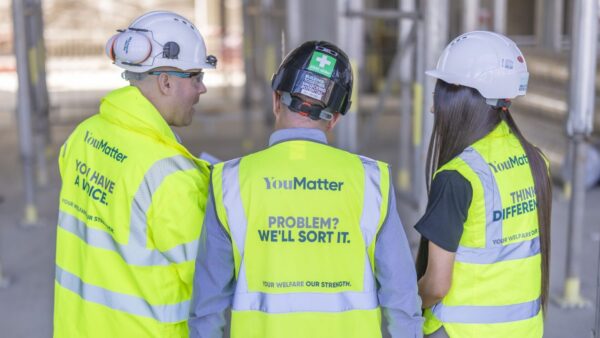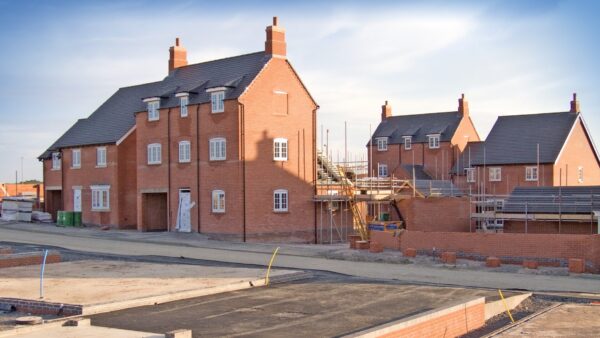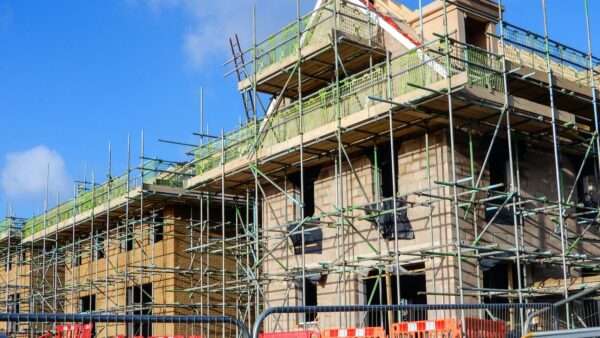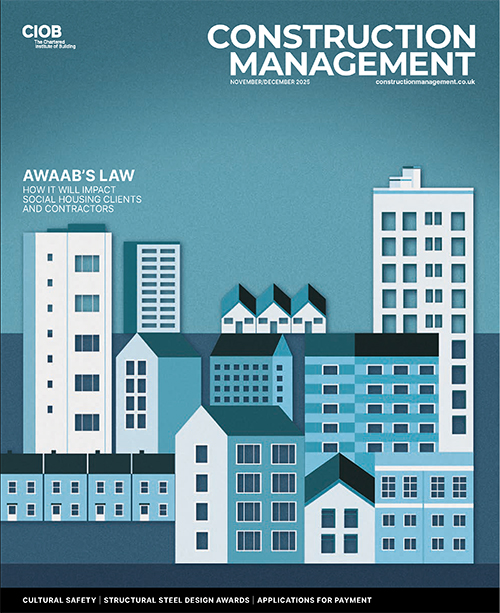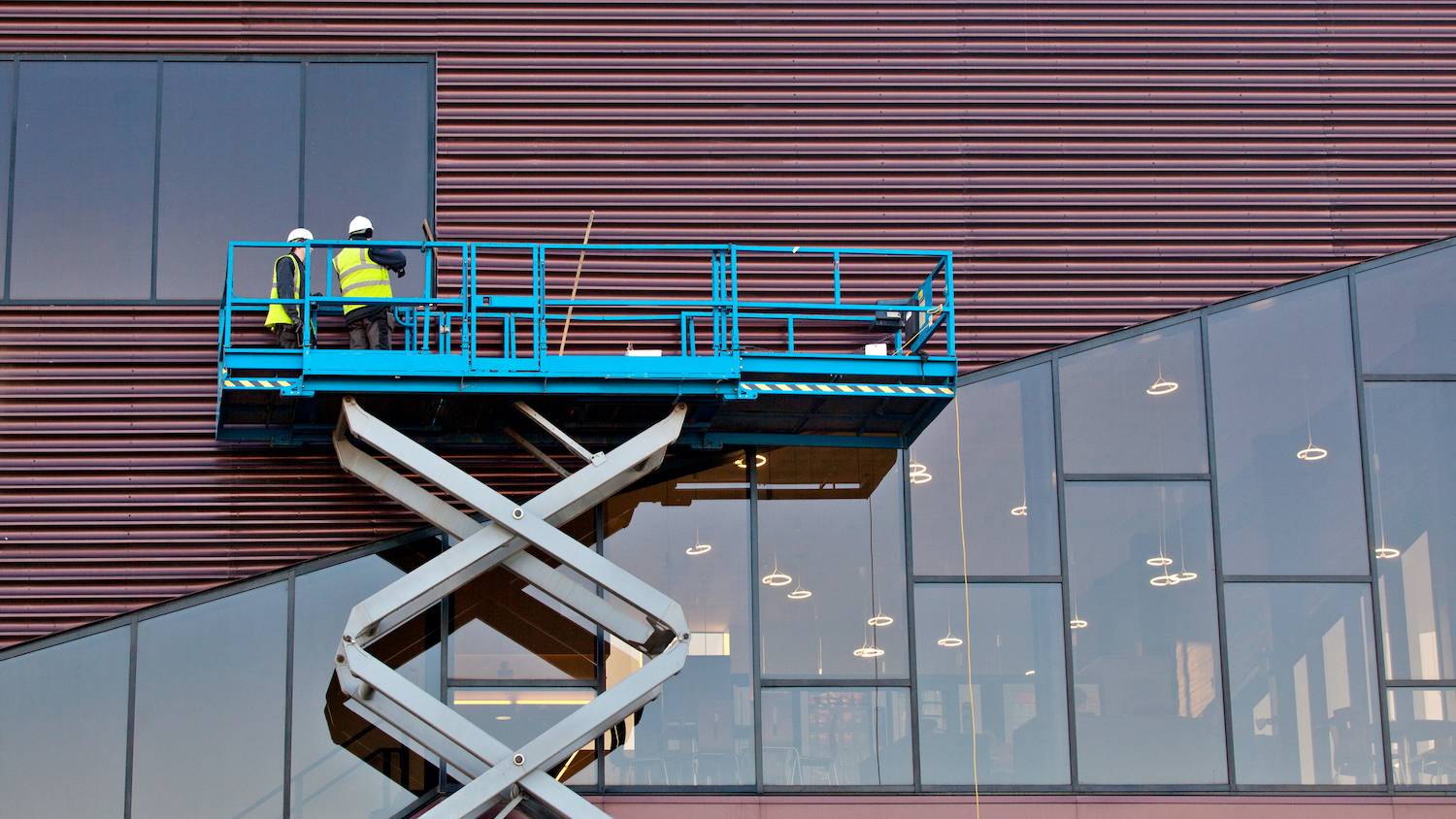Although Awaab’s Law is a positive step to improve social housing conditions, the government has missed an opportunity to include important hazards in the first phase of its rollout, writes Professor Michael Parrett FCIOB.
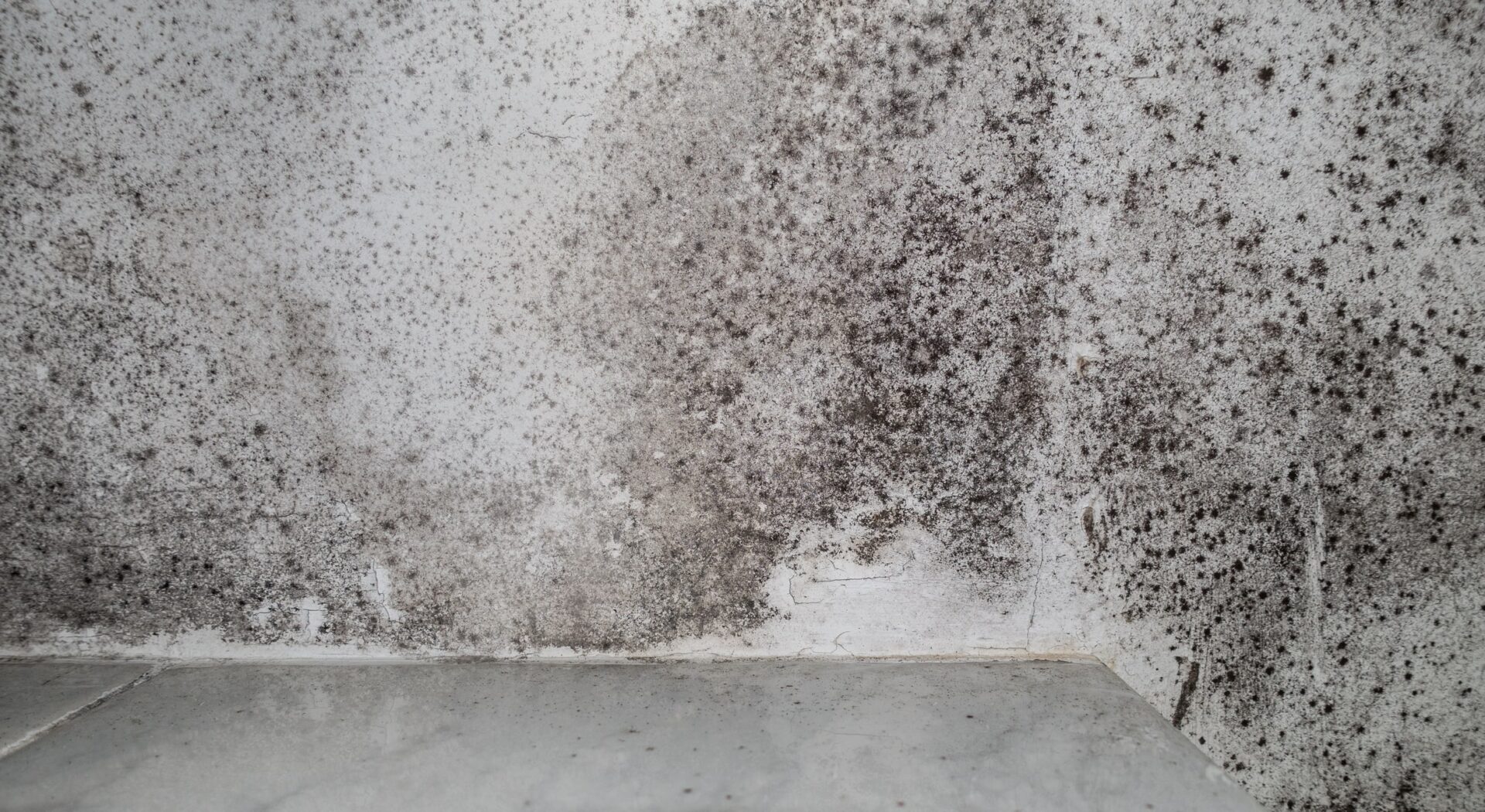
It’s just been announced that the much-anticipated Awaab’s Law, which will set out the government’s strategy for improving the quality of social housing and strengthening the voices of tenants, will come into force in October.
The law, which is part of the Social Housing Regulation Act 2023 and Saving Provisions Act 2024, was prompted by the tragic death of two-year-old toddler Awaab Ishak, who died in 2020 as a direct result of damp and mould in poor housing conditions in Rochdale.
Awaab’s Law will be phased in over the next three years: from this October, social landlords will be required to address mould, damp and other hazards that present a significant risk of harm to their tenants. Responses by landlords will have to be enacted within fixed timetables. Where emergency repairs are required, these must be carried out within 24 hours.
The second phase will be rolled out in 2026, when Awaab’s Law will be expanded to address all category 1 hazards in the housing health and safety rating system (HHSRS), which go beyond just mould and damp issues. This includes hazards such as excess cold and heat, falls, structural collapse, fire, electrical, explosions and hygiene.
By 2027, Awaab’s Law will be extended to cover all of the remaining hazards listed in the HHSRS, but will not include overcrowding.
Missing steps
Despite these positive moves, the government missed the opportunity to bring forward tackling excessive cold in dwellings, reducing falls and mitigating fire risk in the first phase of the law’s rollout.
It is worth reminding ourselves of the findings of the 2021 Building Research Establishment’s (BRE) report on the cost of poor housing, which identified excess cold and falls in the home as the two top hazards, with the latter having more than 1.5m reported cases each year.
The BRE estimates that it would cost an estimated £5.9bn to mitigate these issues, but would save the NHS more than £850,000 per year if excess cold was properly tackled.
Among the major contributing factors to mitigating dampness and mould in buildings is also tackling adequate heat in the home. According to Public Health England, homes need to maintain heat levels in the cooler months of the year to between 18-24 deg C. Therefore, tackling excess cold in the home should be a top priority.
Additionally, there are more than 122,000 reported cases of fire every year and almost 40,000 reported cases of overcrowding – and yet there are no current plans to incorporate tackling overcrowding even in the 2027 proposals for Awaab’s Law.
Overcrowding is also another contributor to increased moisture production within the home, but tackling it does not appear to be a priority for the government.
Ventilation within dwellings hardly ever receives a mention, and yet addressing and promoting good and adequate ventilation within the home is essential to promoting good health. The buildup of CO2 levels is of concern and one of the least monitored elements within the home.
Benefits of improving social housing
The most important step in mitigating dampness is to reduce overreliance on commercially driven diagnoses. Instead, there should be a highly trained and regulated workforce with the skills and resources to pathologically examine and test buildings to correctly establish the cause and source of dampness and to implement the most appropriate remediation.
Dampness in buildings at the moment is at best misdiagnosed and at worst completely misunderstood. There are multiple benefits to improving poor housing, including savings to the NHS (ill-health linked to housing conditions costs the healthcare system £1.4bn every year), prolonging life and avoiding premature deaths, improved mental wellbeing, and less need for direct and aftercare of patients.
It can also reduce energy costs, increase the value of properties, avoid costly legal disputes, and increase residents’ satisfaction.
Need for upskilling
Everyone in social housing should welcome the phasing in of Awaab’s Law, which, over time, will substantially contribute to improving the health of individuals and the conditions in which they live.
There will be a need for those working in the social housing and private rented sectors to substantially upskill technical staff to take a more thorough and holistic assessment of the causes and sources of dampness in buildings that go far beyond the mere identification and treatment of the symptoms.
Many registered landlords have already embarked on training programmes and are improving their record-keeping and monitoring procedures with new risk assessments to tackle the many problems that exist.
As I go around the country, I can witness many organisations that have already embraced much-needed change. No doubt the Housing Ombudsman will continue to ensure improvements continue to be made.
Although Awaab’s Law will have a positive impact on the lives of people as it is rolled out, there is much work to do to improve the understanding of the causes of damp and other hazards.
Professor Michael Parrett FCIOB is an independent consultant building pathologist at MPA Engineering & Construction Services and author of Building Defects and Your Health.






